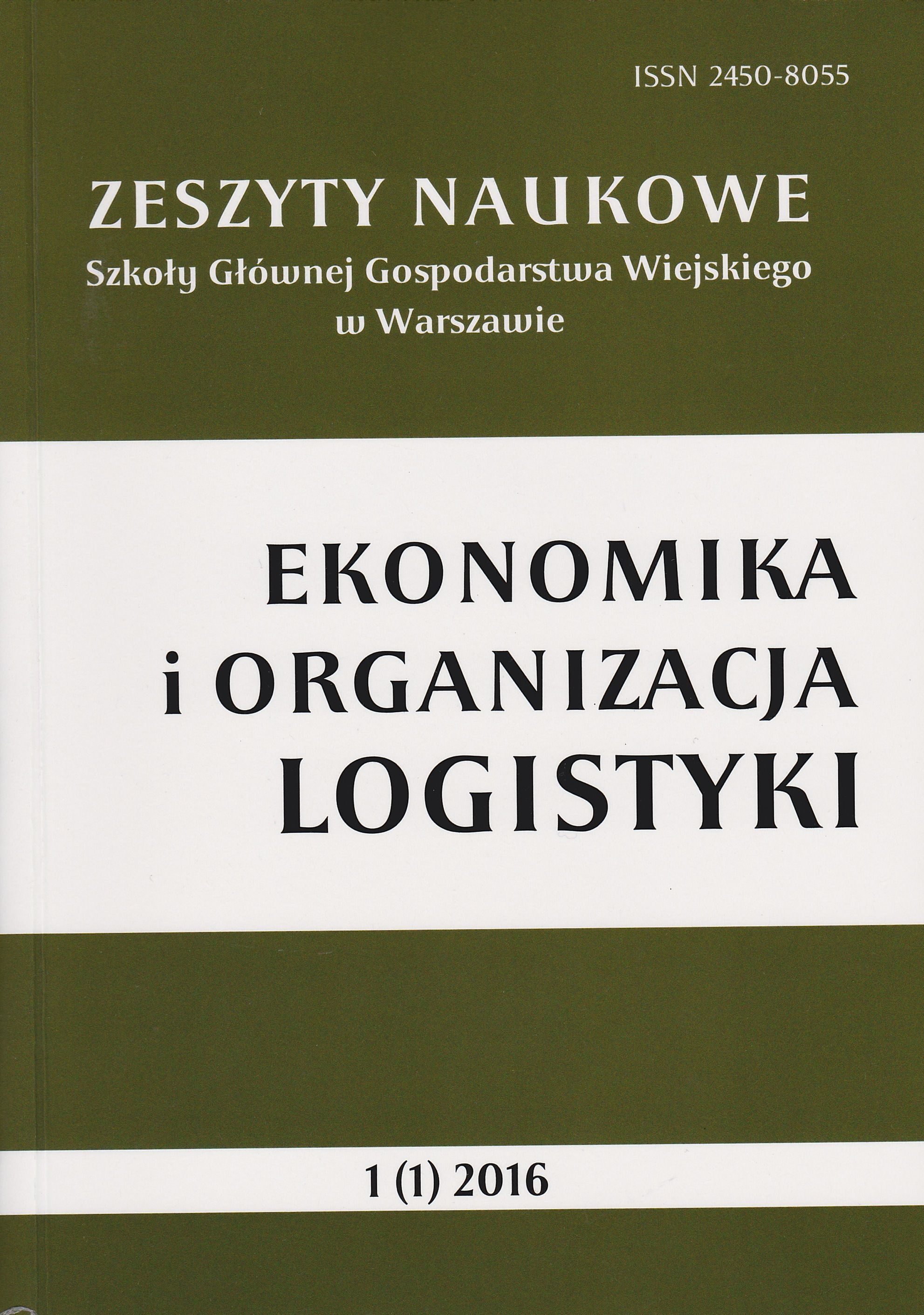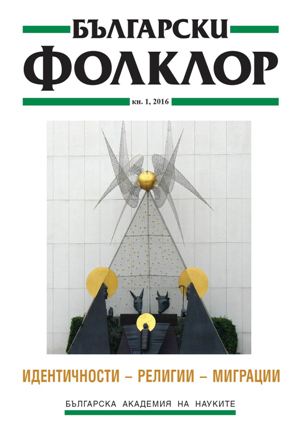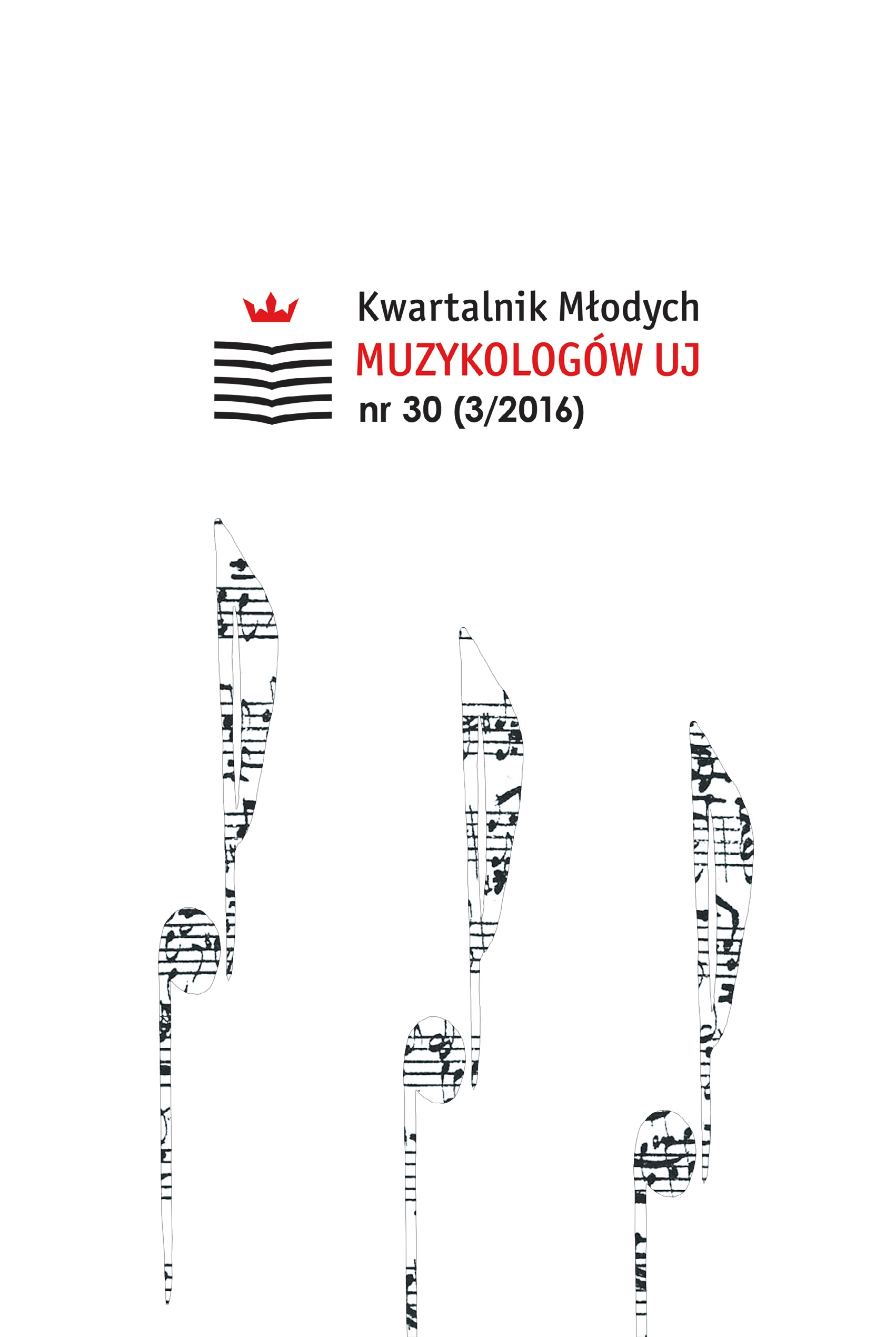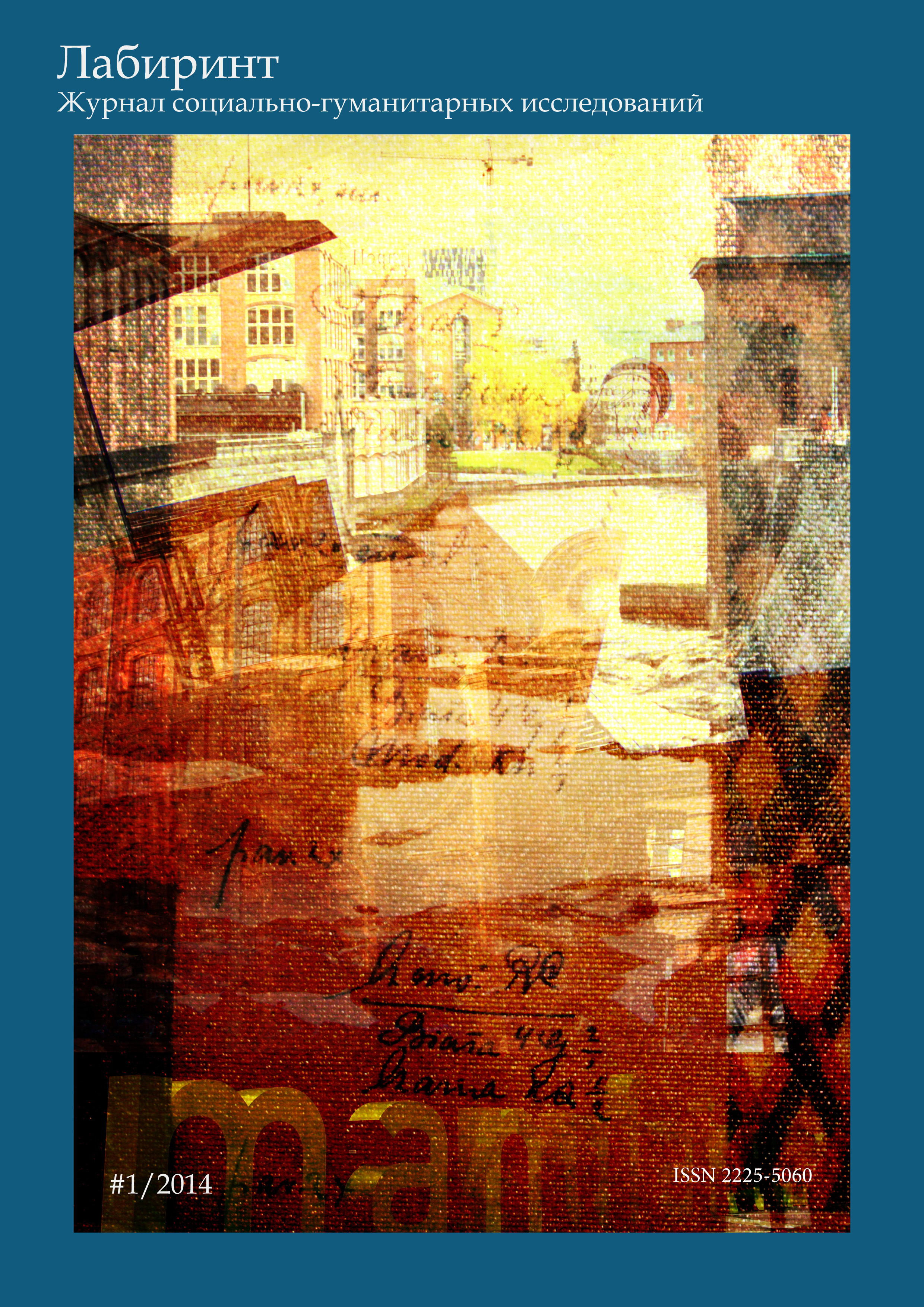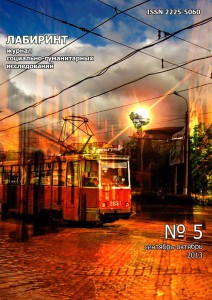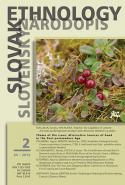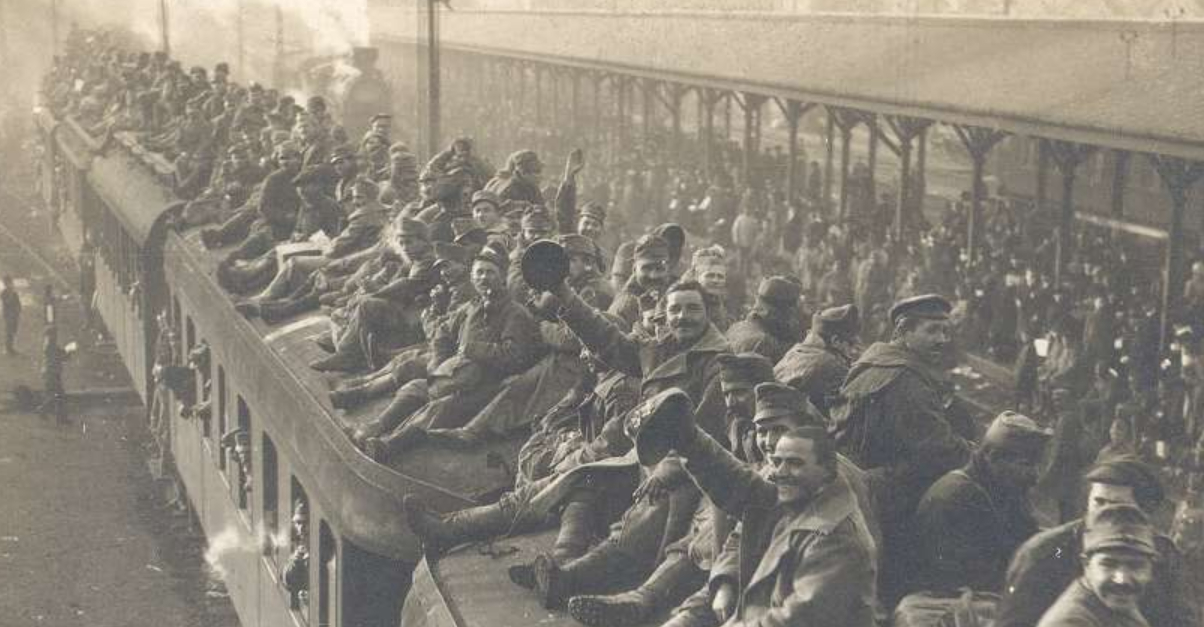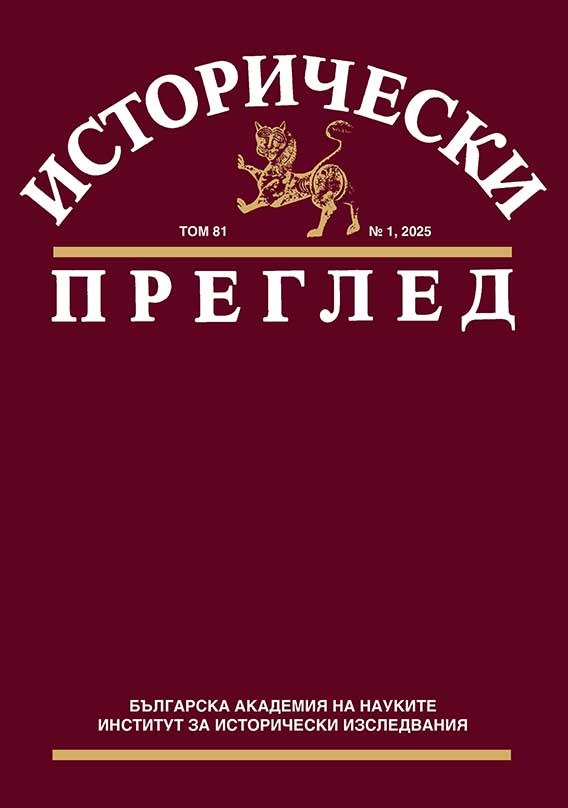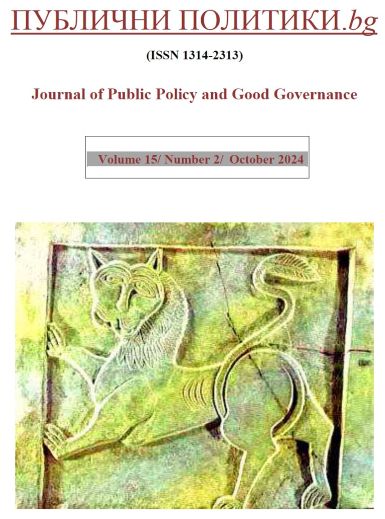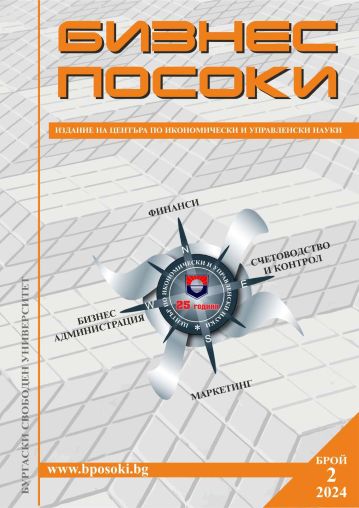Author(s): Nikola Jocić,Aljoša Budović,Ivan Ratkaj / Language(s): English,Serbian
Issue: 21/2024
Socialism introduced the ideology of egalitarianism and aimed to create a fairer society, which was spatially embodied in large-scale modernist housing estates. These estates housed populations from various socioeconomic backgrounds, reducing overall segregation. However, in the post-socialist period, growing socioeconomic differentiation has led to market-driven housing projects primarily targeting the upper and middle classes. Despite these market mechanisms, both in the socioeconomic and housing spheres, residential segregation in Belgrade has not yet significantly increased. The “socialist suburb” zone in Belgrade still maintains a socioeconomically mixed population and keeps city-wide segregation lower than market dynamics might suggest. The high rate of homeownership, as a result of privatization, reduces residential mobility and contributes to the stability of the socioeconomic attributes of many parts of the city over time. The decline in socioeconomic status from the city centre to the periphery reflects a consistent pattern not only in the observed period but also throughout a longer historical timeframe. This pattern, established in the late 19th century, has been reinforced by various economic and political mechanisms. Pronounced economic differentiation during the transition period, as well as prior to World War II, coupled with rudimentary social housing and the neglect of the unemployed, created similar effects. Urban areas in the central zone with a predominantly lower socioeconomic status, which existed before the war and persisted through the socialist era, are now being displaced by gentrification processes. The phenomenon of informality in Belgrade was never completely eradicated; instead, it was continuously pushed to the periphery as the city expanded. Established peripheral informality, associated with urban poverty, remains a significant aspect of Belgrade’s residential segregation with strong temporal consistency. However, in the post-socialist period, informal housing has started to extend beyond the periphery and into central areas. The contextual dependence of residential segregation patterns is an ongoing research topic in urban studies, particularly for dynamic urban environments like Belgrade.
More...
